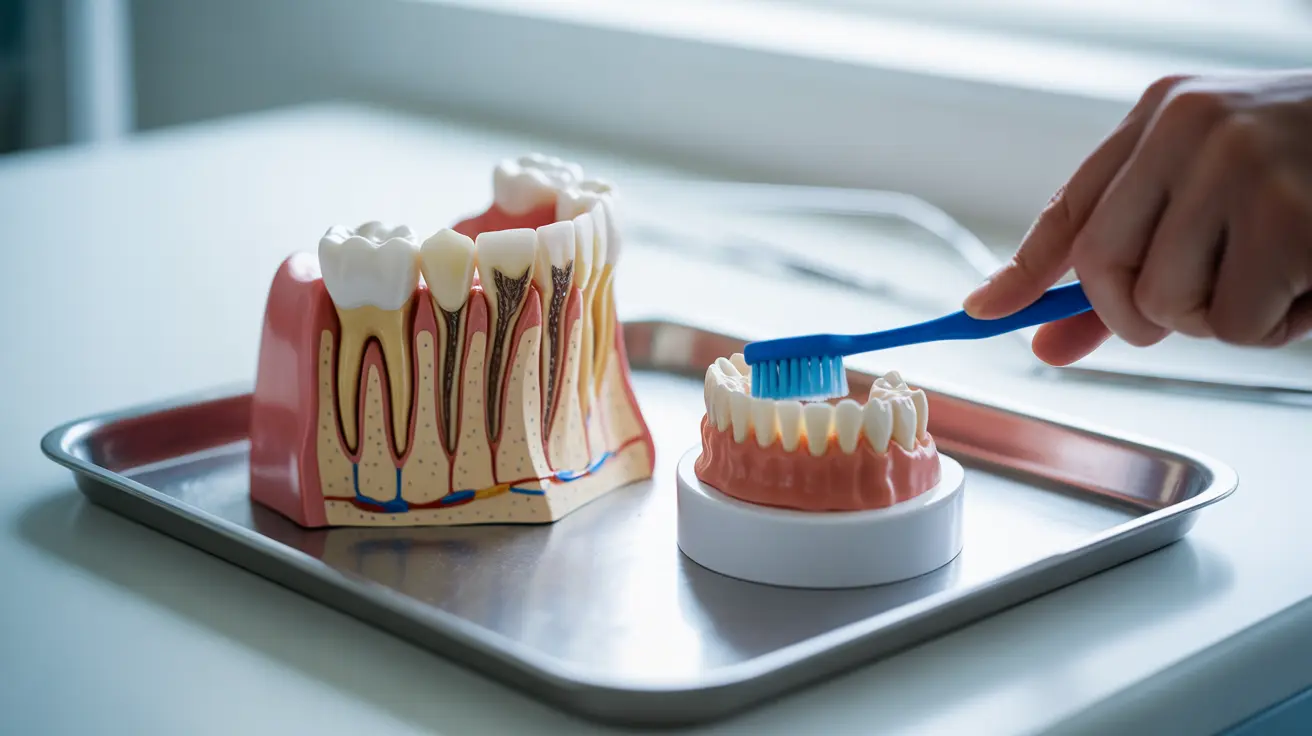Maintaining optimal oral health requires understanding how to remove plaque from teeth effectively. Plaque, a sticky film of bacteria that continuously forms on teeth, can lead to serious dental problems if not properly managed. While professional dental cleanings are essential, there are numerous proven methods to control and remove plaque at home.
This comprehensive guide explores the most effective techniques for plaque removal, combining both daily oral hygiene practices and professional care to maintain healthy teeth and gums.
Understanding Dental Plaque and Its Impact
Dental plaque is a biofilm that naturally develops on teeth throughout the day. When not removed regularly, this bacterial buildup can lead to tooth decay, gum disease, and eventually tartar formation. Understanding the nature of plaque is crucial for implementing effective removal strategies.
Essential Daily Plaque Removal Techniques
Proper Brushing Technique
The foundation of plaque removal starts with correct brushing technique:
- Use a soft-bristled toothbrush
- Brush at a 45-degree angle to the gums
- Make gentle circular motions
- Clean all tooth surfaces thoroughly
- Brush for at least two minutes, twice daily
Effective Flossing Methods
Flossing removes plaque from areas your toothbrush can't reach effectively:
- Use 18 inches of floss
- Curve the floss around each tooth in a C-shape
- Slide gently beneath the gum line
- Use clean sections of floss for each tooth
- Floss at least once daily
Advanced Plaque Control Methods
Water Flossing Technology
Water flossers provide an effective alternative or supplement to traditional flossing. These devices use pressurized water to remove plaque between teeth and along the gum line, reaching areas that might be missed by regular brushing and flossing.
Natural Plaque-Fighting Solutions
Several natural approaches can complement your regular oral hygiene routine:
- Oil pulling with coconut oil
- Antibacterial mouthwashes
- Green tea consumption
- Crunchy fruits and vegetables that naturally clean teeth
Professional Plaque and Tartar Management
While home care is essential, professional dental cleanings are irreplaceable for maintaining optimal oral health. Regular dental visits allow for:
- Professional removal of hardened tartar
- Deep cleaning below the gum line
- Early detection of dental problems
- Professional assessment of oral hygiene technique
Frequently Asked Questions
How can I effectively remove plaque from my teeth at home?
Regular brushing with proper technique, daily flossing, and using an antimicrobial mouthwash form the foundation of effective home plaque removal. Brush twice daily for two minutes each time, and ensure you're reaching all tooth surfaces.
What is the best way to prevent plaque buildup between dental visits?
Maintain a consistent oral hygiene routine, including brushing twice daily, flossing daily, and using an antimicrobial mouthwash. Additionally, limit sugary and starchy foods, and drink plenty of water throughout the day.
Can baking soda or hydrogen peroxide help remove plaque or tartar from teeth?
Baking soda can help remove plaque when used as part of your brushing routine, but neither baking soda nor hydrogen peroxide can remove hardened tartar. These should only be used occasionally and as directed by your dentist.
How does flossing and using a water flosser improve plaque removal?
Flossing and water flossers reach between teeth and below the gum line where brushing alone cannot effectively clean. These methods disrupt plaque formation in these crucial areas, preventing buildup and reducing the risk of cavities and gum disease.
Why is professional dental cleaning necessary to remove tartar that home care can't remove?
Once plaque hardens into tartar (calculus), it can only be removed with professional dental instruments. Dental professionals have specialized tools and training to safely remove tartar without damaging teeth or gums, making regular cleanings essential for oral health.




